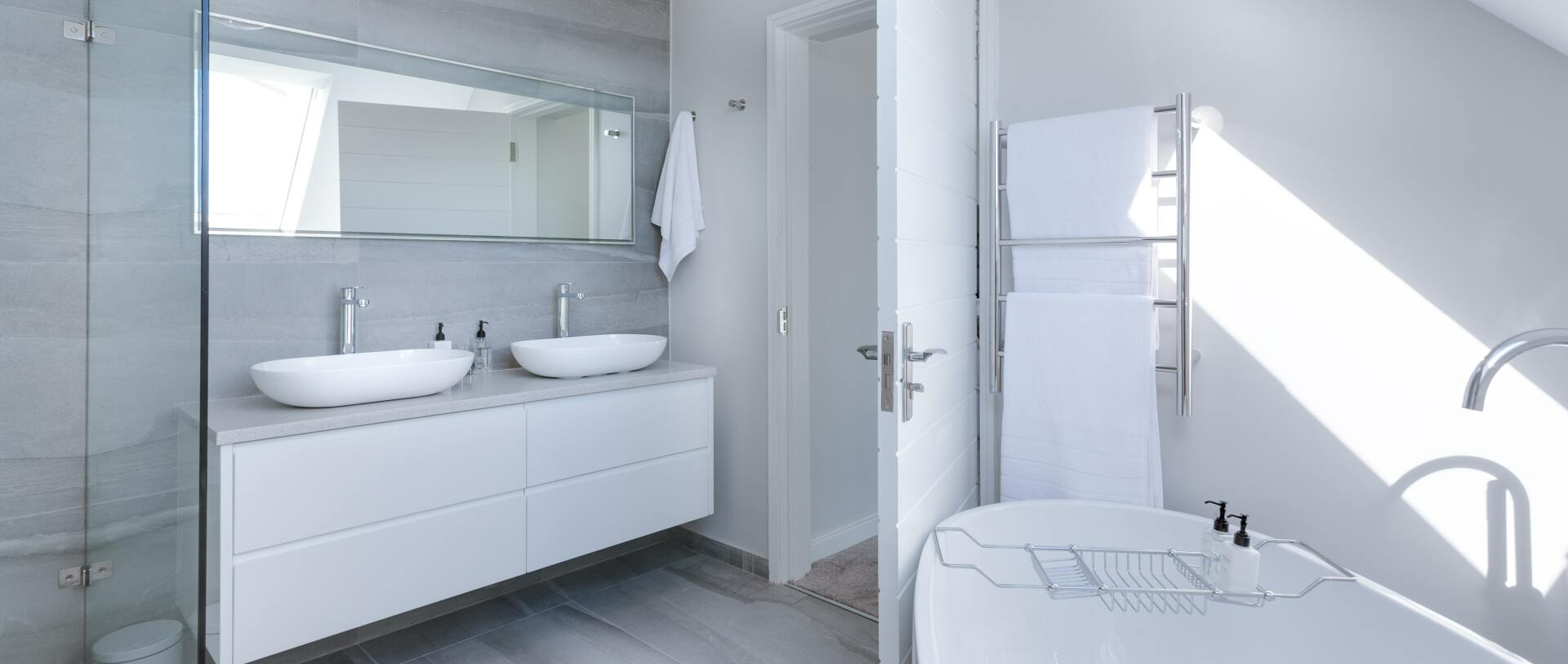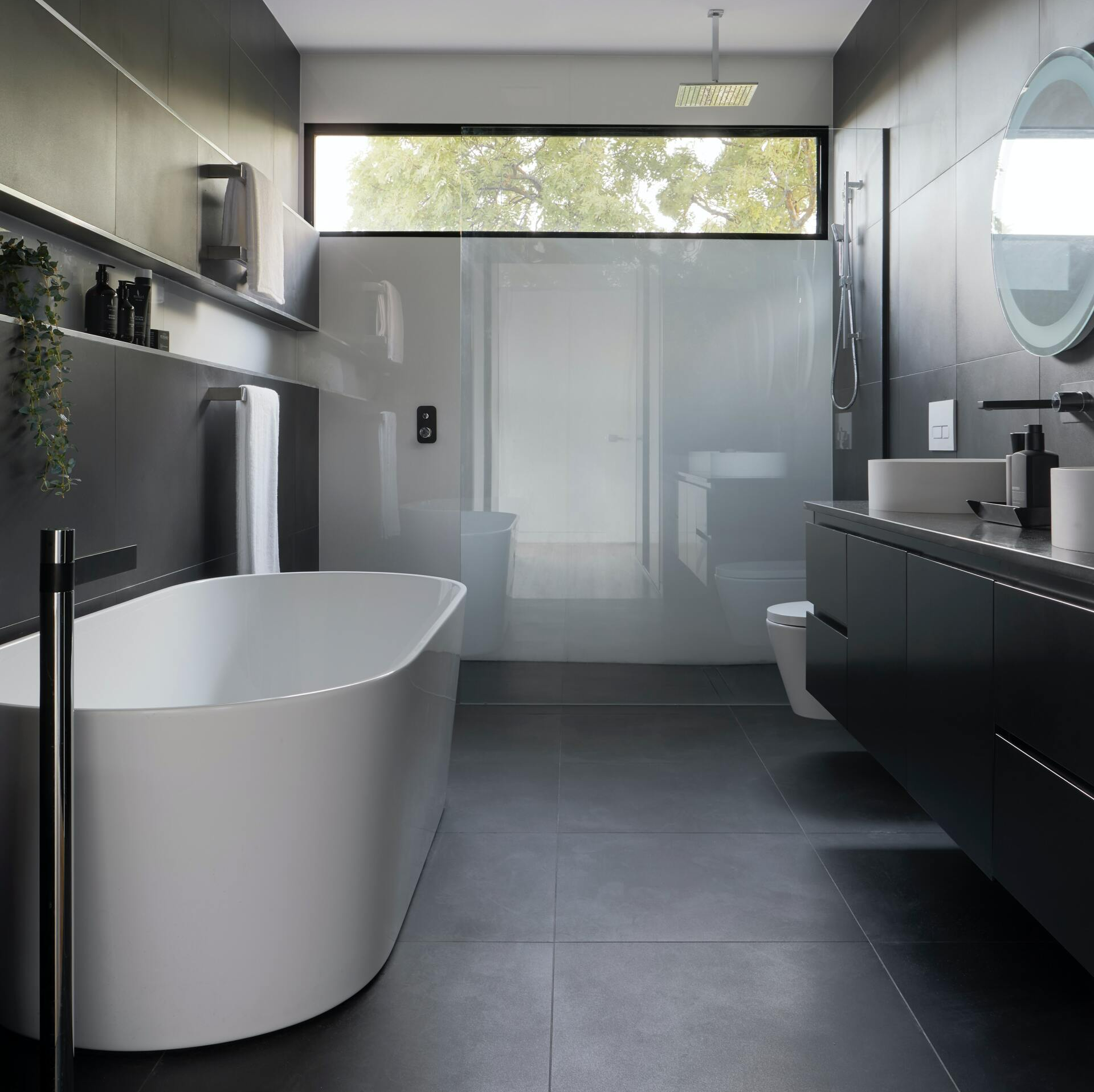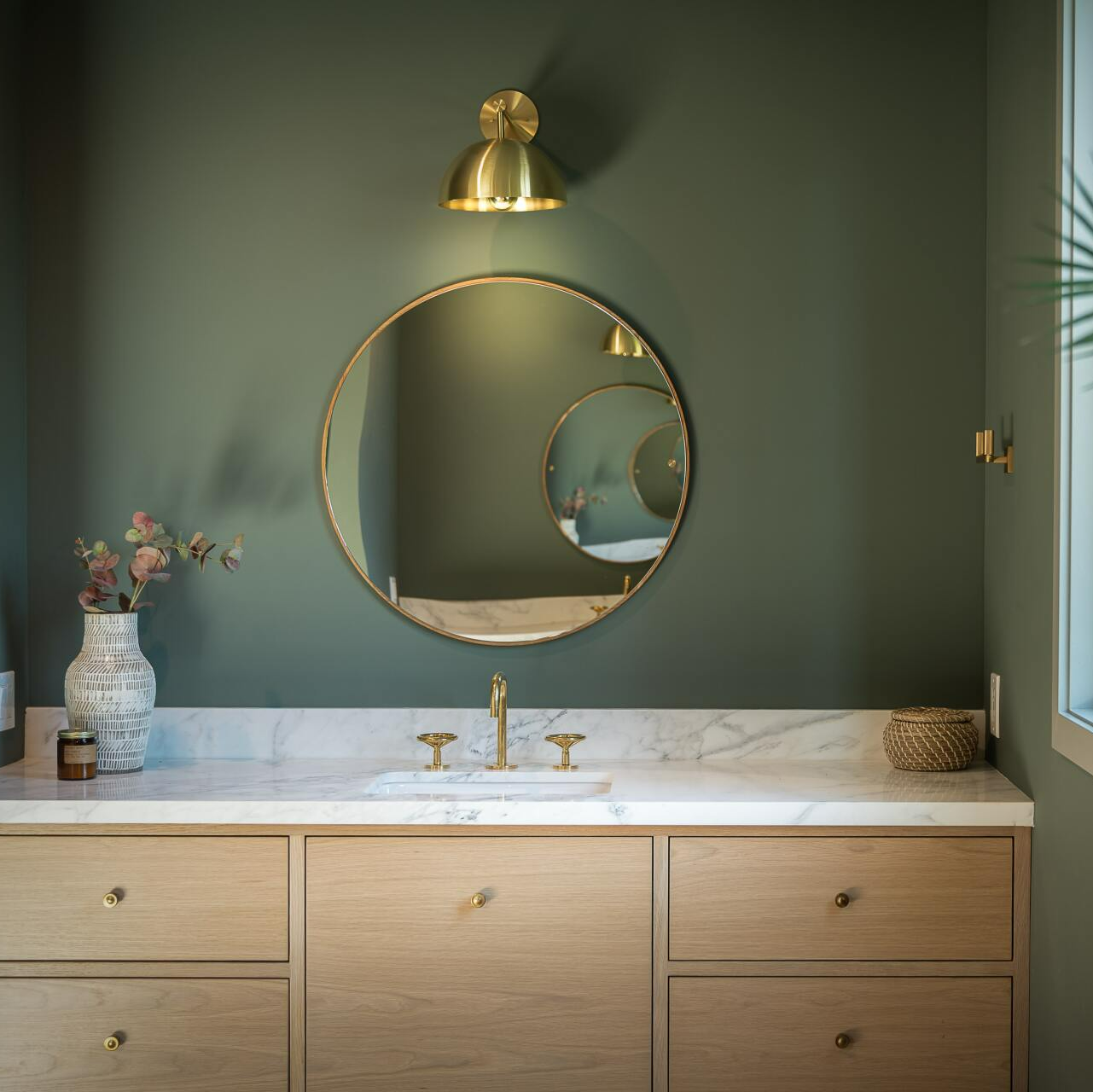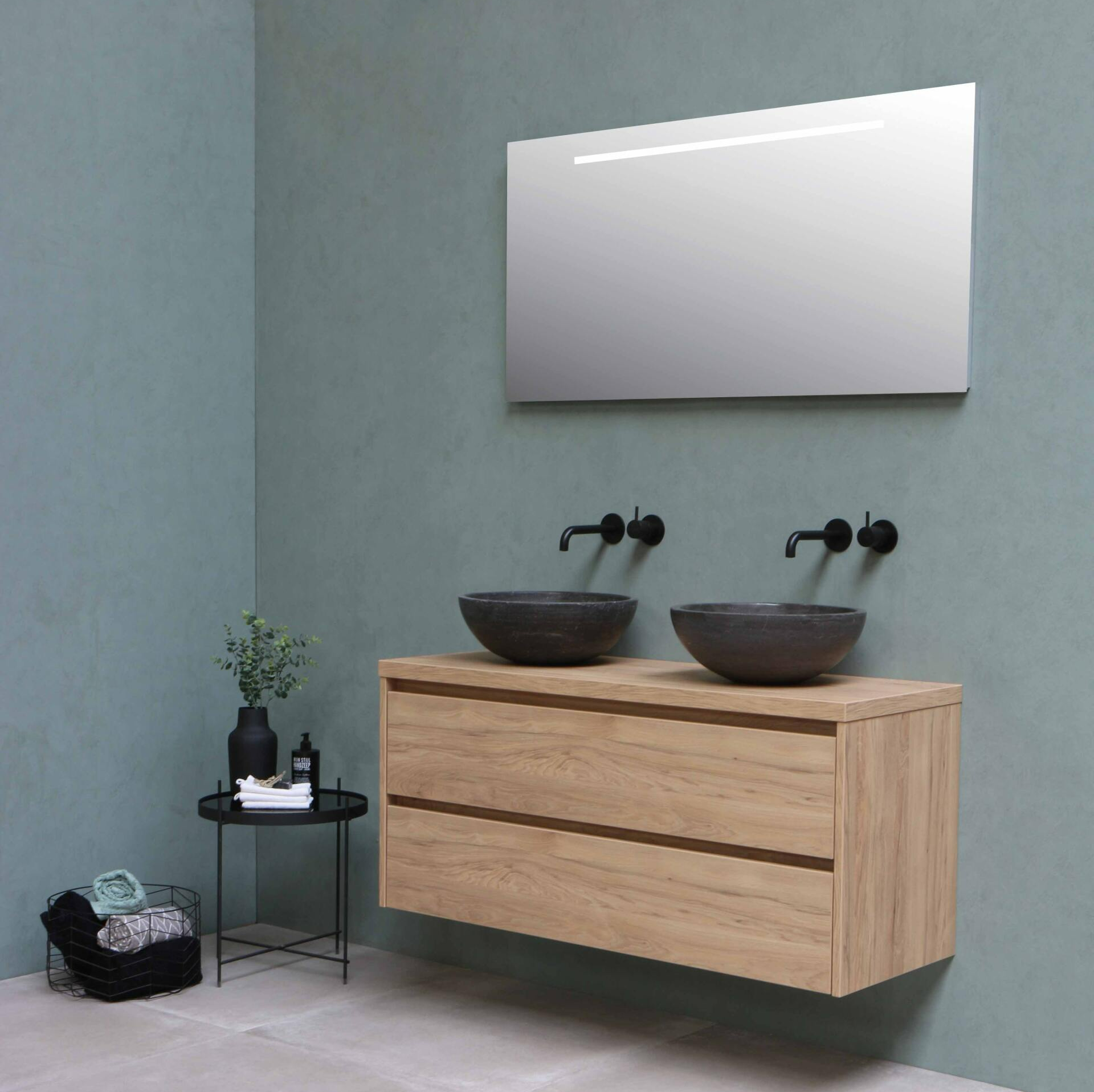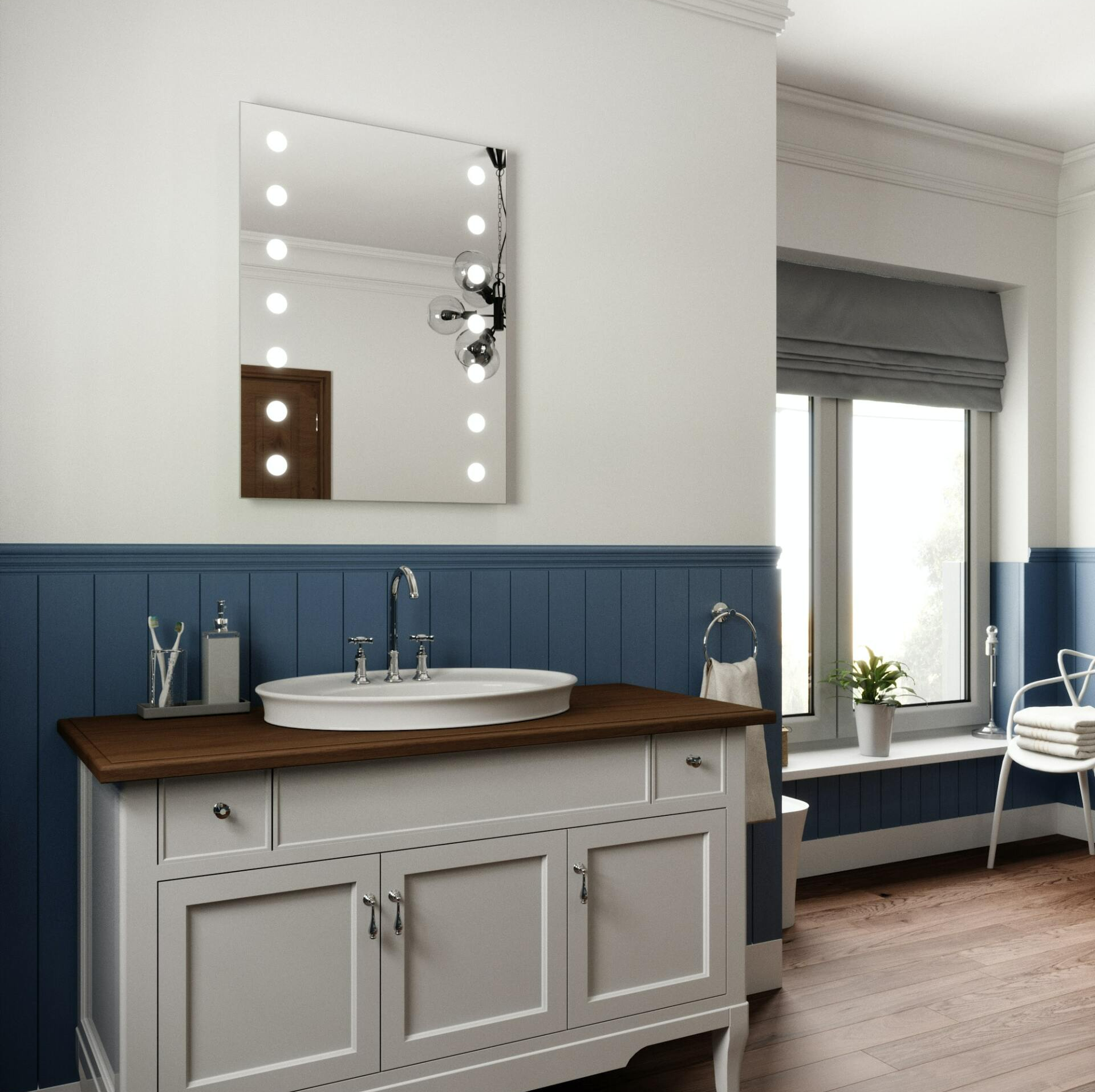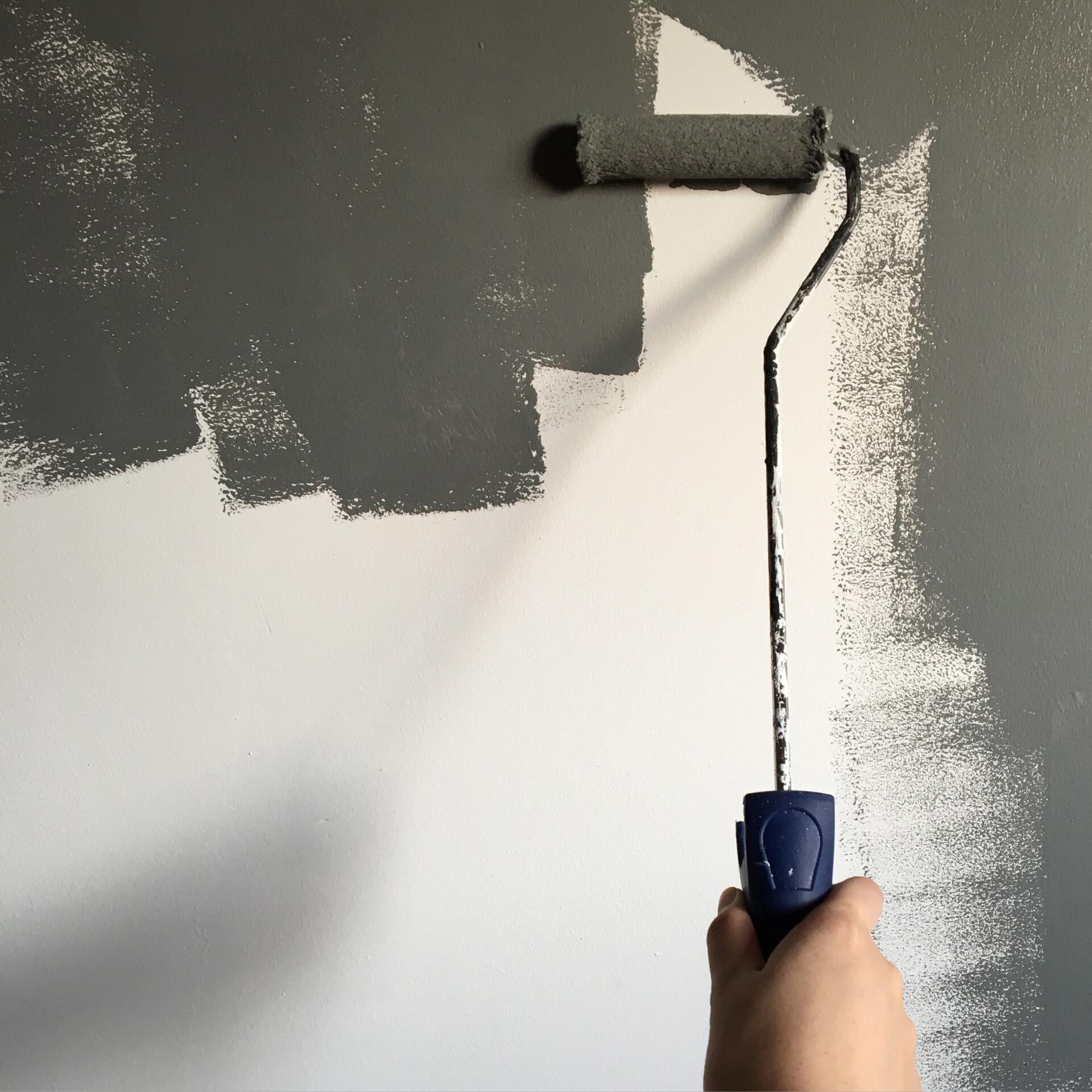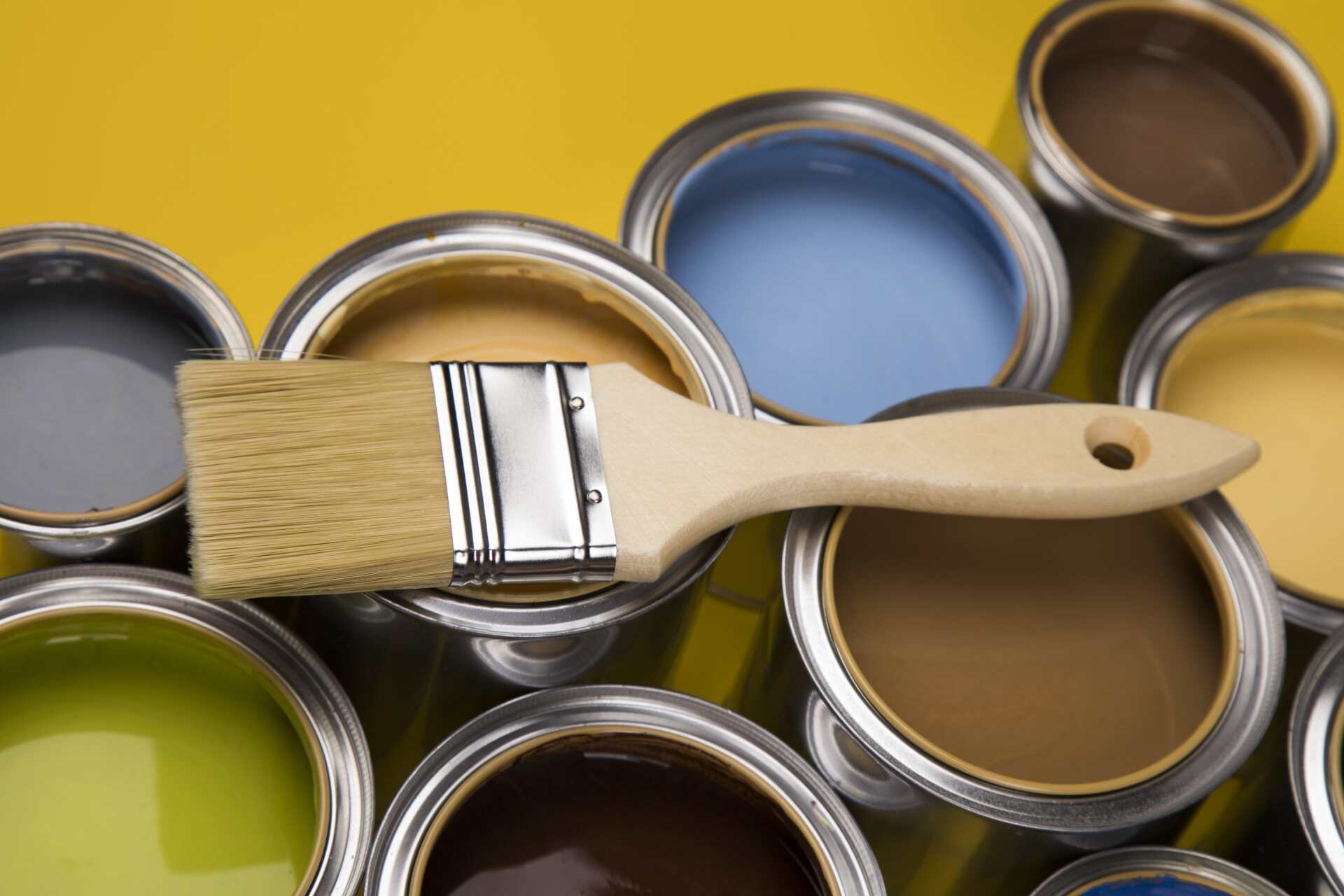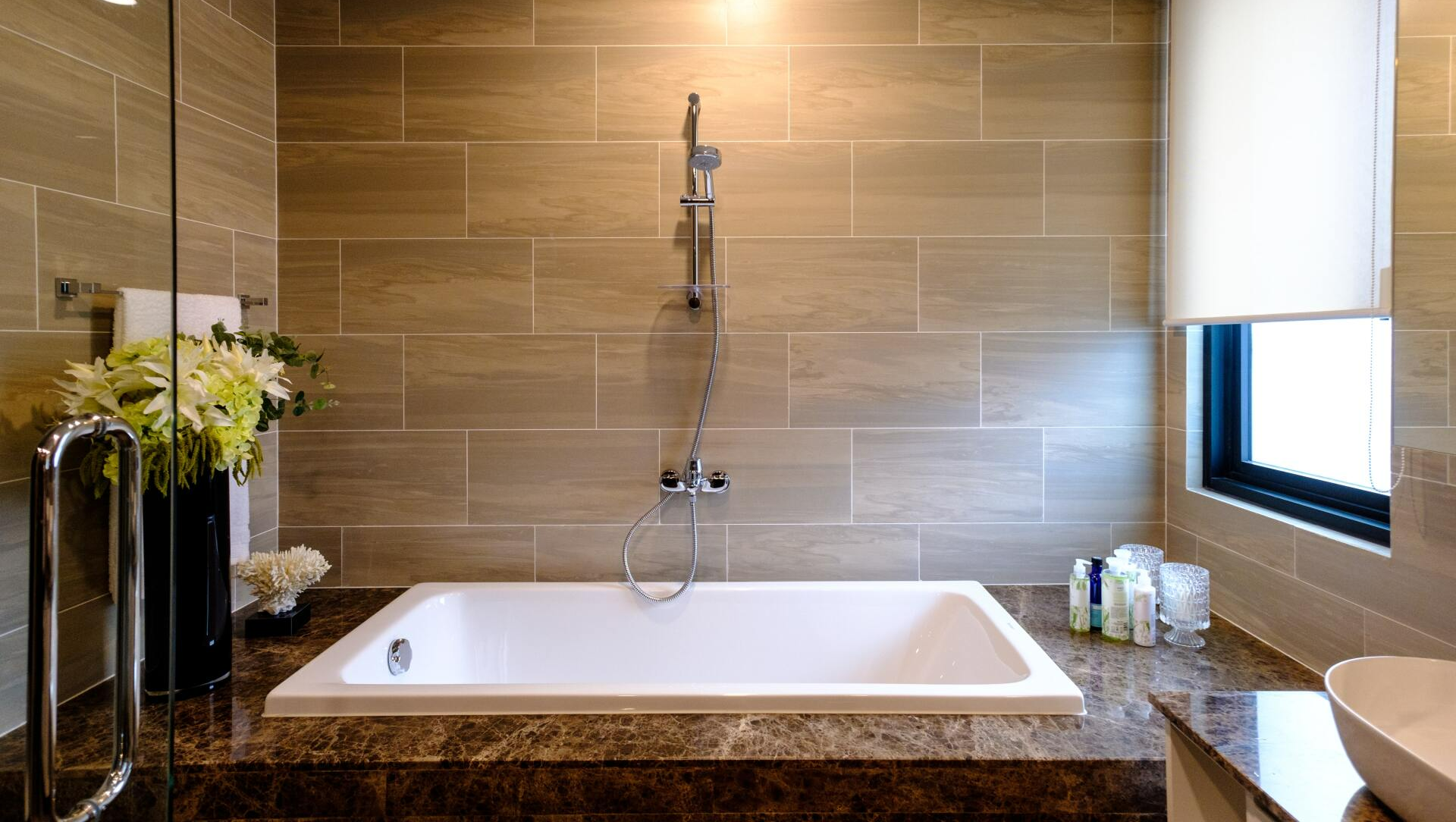Bathroom Paint Color Inspiration Ideas
The colors that you select for your walls will greatly impact the overall look and feel of your personal space. While this is true for every room, the bathroom can be significantly transformed by selecting the appropriate
bathroom paint.
General Guidelines for Choosing Bathroom Paint Colours
You’ll save time and money by taking the time to consider all of your options before you start painting your bathroom. The last thing you want is to complete the entire bathroom and then realize that you’ve picked the wrong color, or that the colors you’ve picked don’t match as well as you thought.
There are a few telling characteristics of a bathroom that will help you pick your starting point.
A few of those characteristics are:
- Lighting: You absolutely must consider the bathroom’s lighting before you start painting the bathroom walls. The exact same color can look entirely different in natural light as opposed to artificial light. Before you paint, make sure that the color you’ve selected looks exactly as you’ve imagined.
- Flooring: Are you going to be changing the bathroom flooring along with your renovation? Or perhaps this is a new build and you’ll be selecting entirely new flooring. You must consider how any prospective colors will look with your final flooring. If you decide to go with a popular bathroom paint color, such as gray or white, they will match with most tile choices.
- Neutral colors, such as gray or white, will match with most colors. However, if your flooring is a non-traditional color, you may need to consult a colour guide.
- Color Scheme: Your walls do not exist by themselves. Make sure that your bathroom paint ideas connect the overall color theme of the bathroom and your house. Take note of your cabinet color and any other focal points to make sure that you don’t pick a color that clashes.
Colors such as warm gray, beige, sage, navy blue, and blush are commonly picked colors when designing a bathroom. Plus, they go well with white cabinetry
Of course, you can always go for a classic white bathroom. This is due to their ability to look great with a variety of other colors, allowing you to decorate the rest of your bathroom however you wish.
Types of Paint Finishes for Bathrooms
The biggest threat to bathroom paint is humidity. The moisture created in the bathroom, such as the steam from your shower, can get in between the wall and the coat of paint. If this happens, you may see an unwanted texture, peeling, or bubbling. Excessive humidity also creates an ideal environment for mildew.
What can you do to minimize the effects of bathroom humidity? Paint that has a glossy finish is highly moisture-resistance because once they’ve dried they form a hard coat that works to block water, causing it to drip to the floor instead of seeping into your wall. A high-gloss paint will feel almost like a dry erase board, which is great for defending against moisture. Paints that are
designed for high-humidity situations will help
you get the longest life possible out of your paint.
If you’re going to use flat or matte finish paint, which can add soft dimensions to the bathroom, make sure that you select a low-sheen color. Some matte paints can still be damaged by humidity, so use caution when selecting your matte paint.
Avoid any products that are made for external use. These paints may be more waterproof than indoor paints, but exterior paints often contain chemicals that can be toxic when concentrated within your home.
How to Prepare Your Bathroom for Painting
You’ve picked out the right paint for your bathroom walls and you’re ready to get started. What exactly do you do? It’s time to go over the equipment you’ll need and give an overview of the entire process.
The exact equipment that you’ll need will likely vary based on your bathroom, but below is a good general list to get you started:
- 1 roll of painters tape
- 1 paint roller
- 1 roller cover
- Plastic sheeting (get more than you think you need)
- 1 2-inch sash brush
- 1 paint tray and liner
- 1 flathead screwdriver
- 1 Phillips screwdriver
How Much Paint Does a Bathroom Renovation Need?
This is an important question you’ll need to answer before starting your next bathroom renovation. Start by calculating the square footage of your room. Remember to calculate for the ceiling if you’ll be painting that. Generally speaking, one gallon of paint covers approximately 350 square feet. For example, if we have a 6’x6’ bathroom and we’re doing two coats of paint, we will only need one gallon of paint (144 square feet * 2).
What Are the Best Colours for Small Bathrooms?
How can you create a luxurious experience out of a small bathroom? Certain colors help create a more expansive feeling that makes the room seem bigger than it is. Some of the most popular colors to make the most out of a small bathroom are:
- Pale Blues
- Warm Neutrals
- Moody Greens
- Light Tones
- Earthy Yellows
Notice how each of these colors are toned down and a subtle version of the original color? These colors help create the illusion of a bigger space by optimizing the way light flows through your bathroom space.
Find the Perfect Color for Your Bathroom
Find a colour and finish that gives your bathroom the luxurious feel it deserves.
Hue & Hammer
On-screen and printer colour representations may vary from actual paint colours.
All Rights Reserved | Hue & Hammer | In Partnership with CCC

